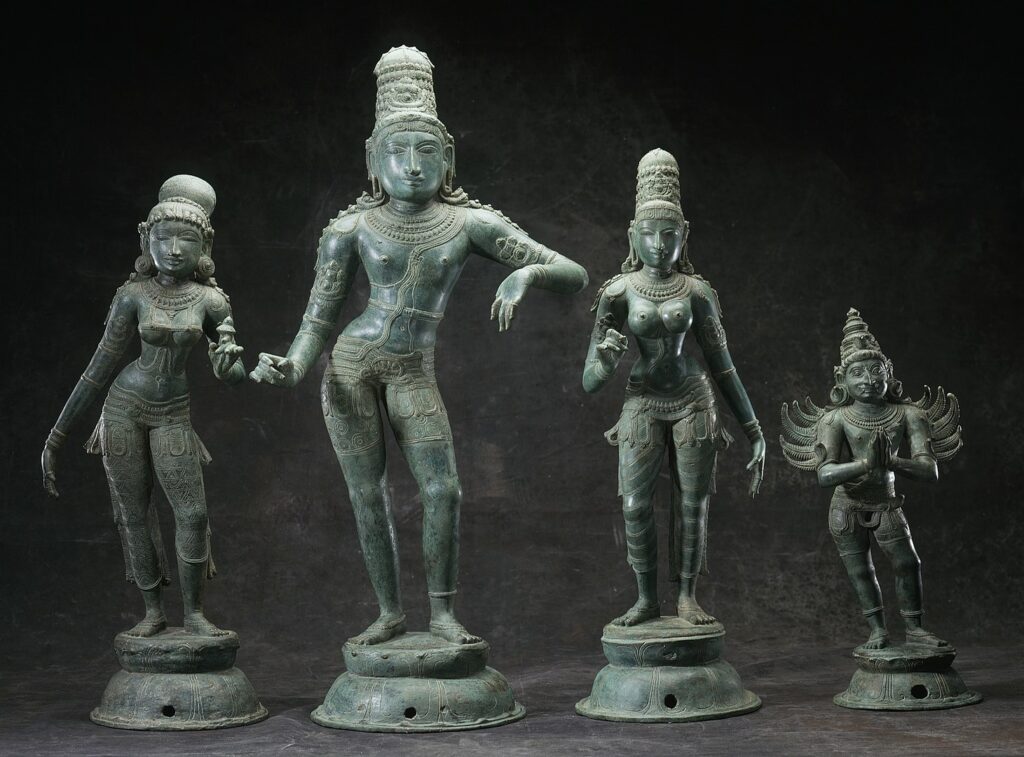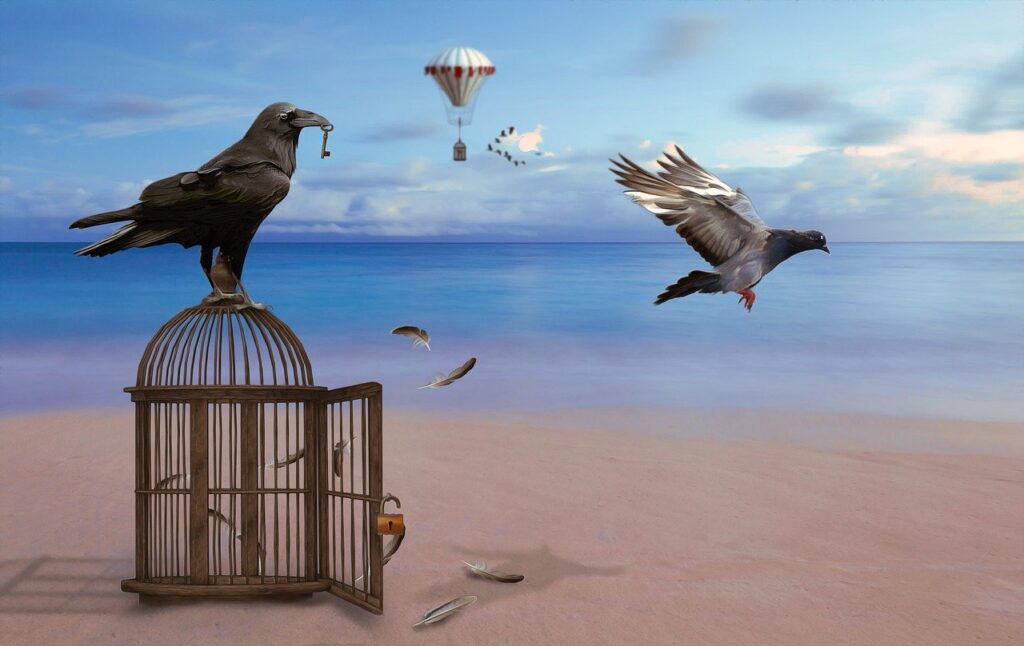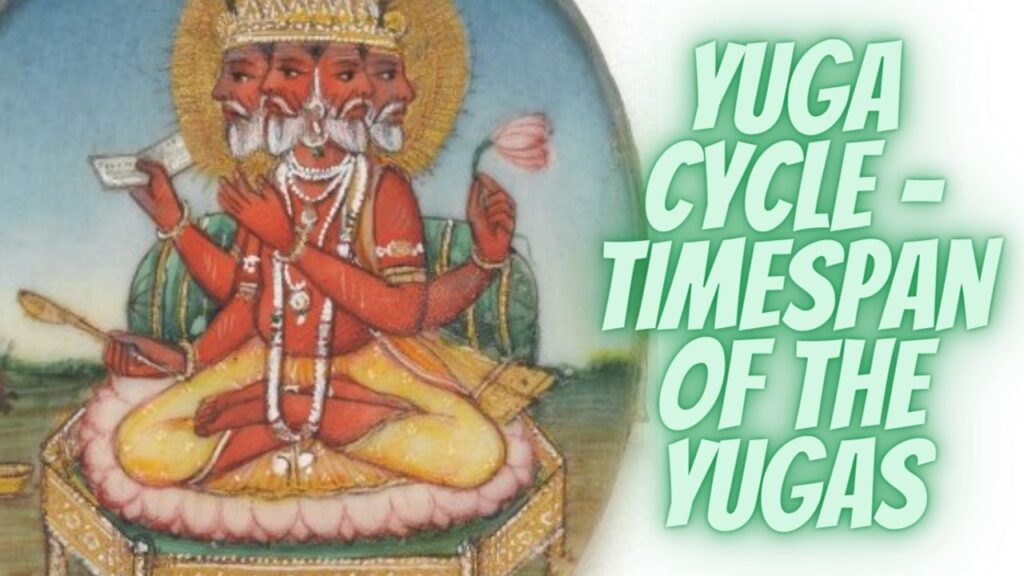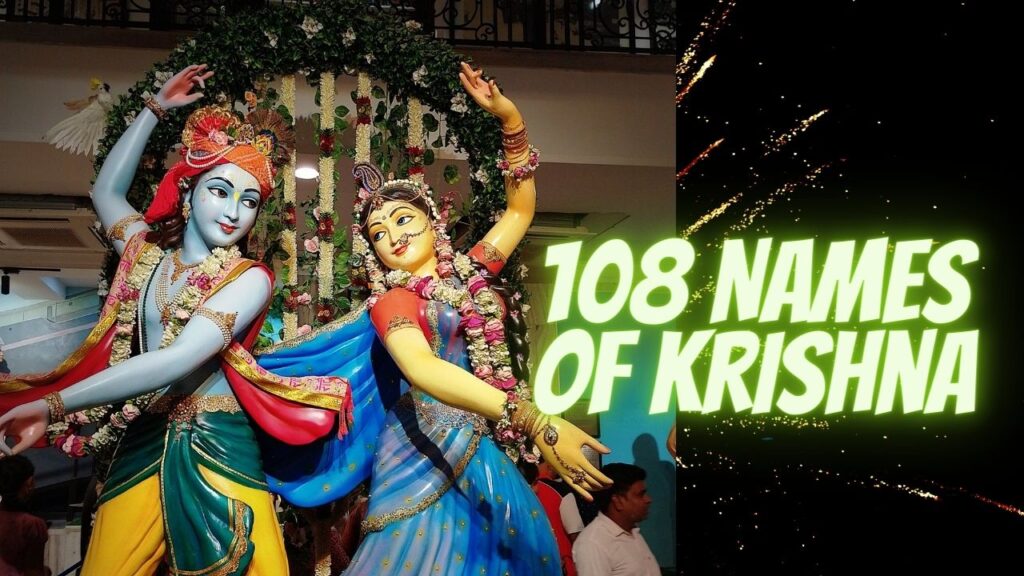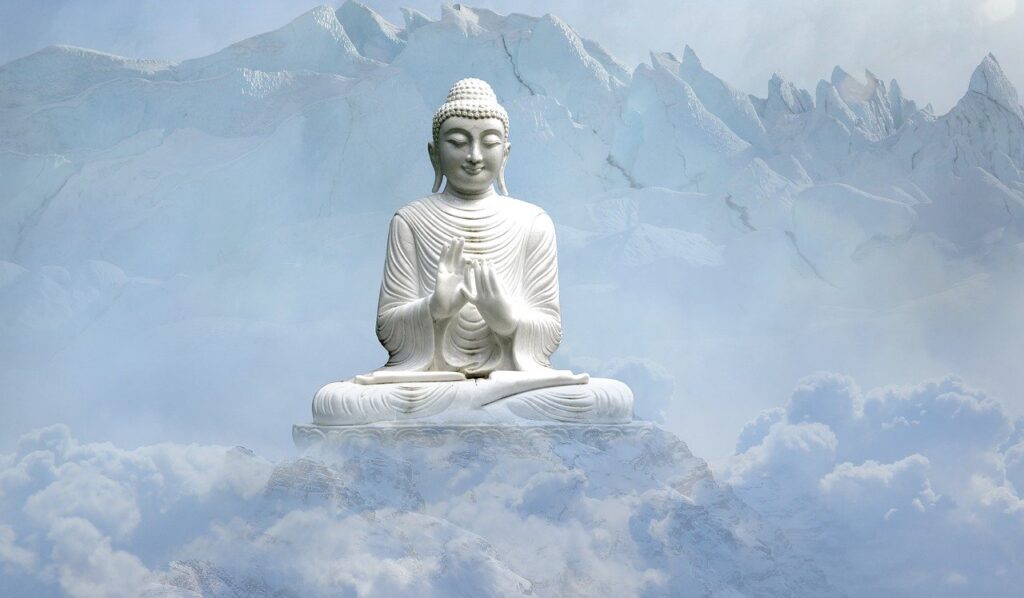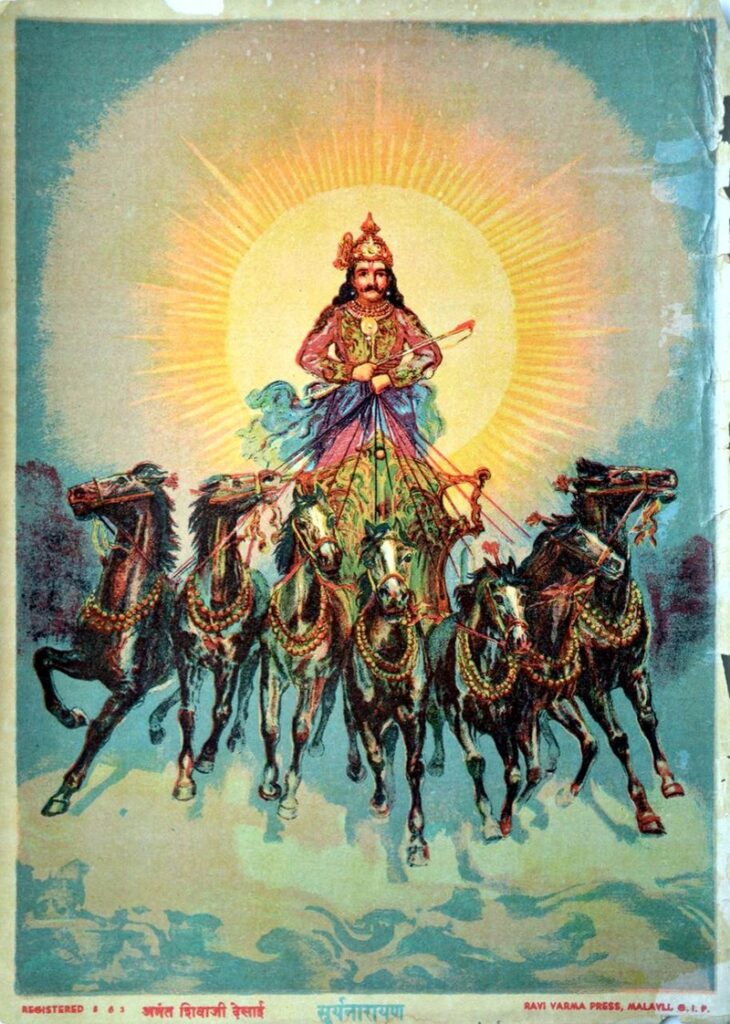
The Sun-God Surya takes on various forms as the 12 Adityas. They have been described elaborately in the Bhagavata Purana. Every month of the year, a distinct Aditya shines. Surya (Sun), as Indra, vanquishes the foes of the deities. As Dhata, he fashions living creatures. As Parjanya, he precipitates rain. As Tvashta, he resides in the flora and fauna. As Pusha, he fosters the growth of crops. As Aryama, he exists in the air. As Bhaga, he pervades the bodies of all living beings. As Vivasvana, he abides in fire and facilitates cooking. As Vishnu, he annihilates the adversaries of the gods. As Amshumana, he once again manifests in the wind. As Varuna, Surya dwells in the waters, and as Mitra, he inhabits the moon and the oceans.
Amidst the chants of Sama, Rig, and Yajur Vedas, the sun-god is celebrated by the sages for his true essence. The Gandharvas vocalize their admiration for him, and the Apsaras dance to his chariot’s tune. As the Nagas assist in tying the chariot’s ropes and the Yaksas fasten the horses, the mighty Raksasas push it forward. Preceding the chariot, the Valakhilyas, a group of sixty thousand Brahmin sages, recite Vedic mantras and offer prayers to the all-powerful sun-god. Thus, the ruler of the sun, along with his six categories of companions, journeys in every direction throughout the twelve months, spreading among the dwellers of this cosmos the purity of consciousness, both for the present and the afterlife. Lord Surya’s chariot is drawn by seven horses, earning him the title of Saptashwa (Master of Seven Horses). These horses are Gayatri, Samvrihati, Ushnik, Jagati, Trishtubh, Anushtubh, and Pankti. The names of the 12 Adityas and their associates are described below.

